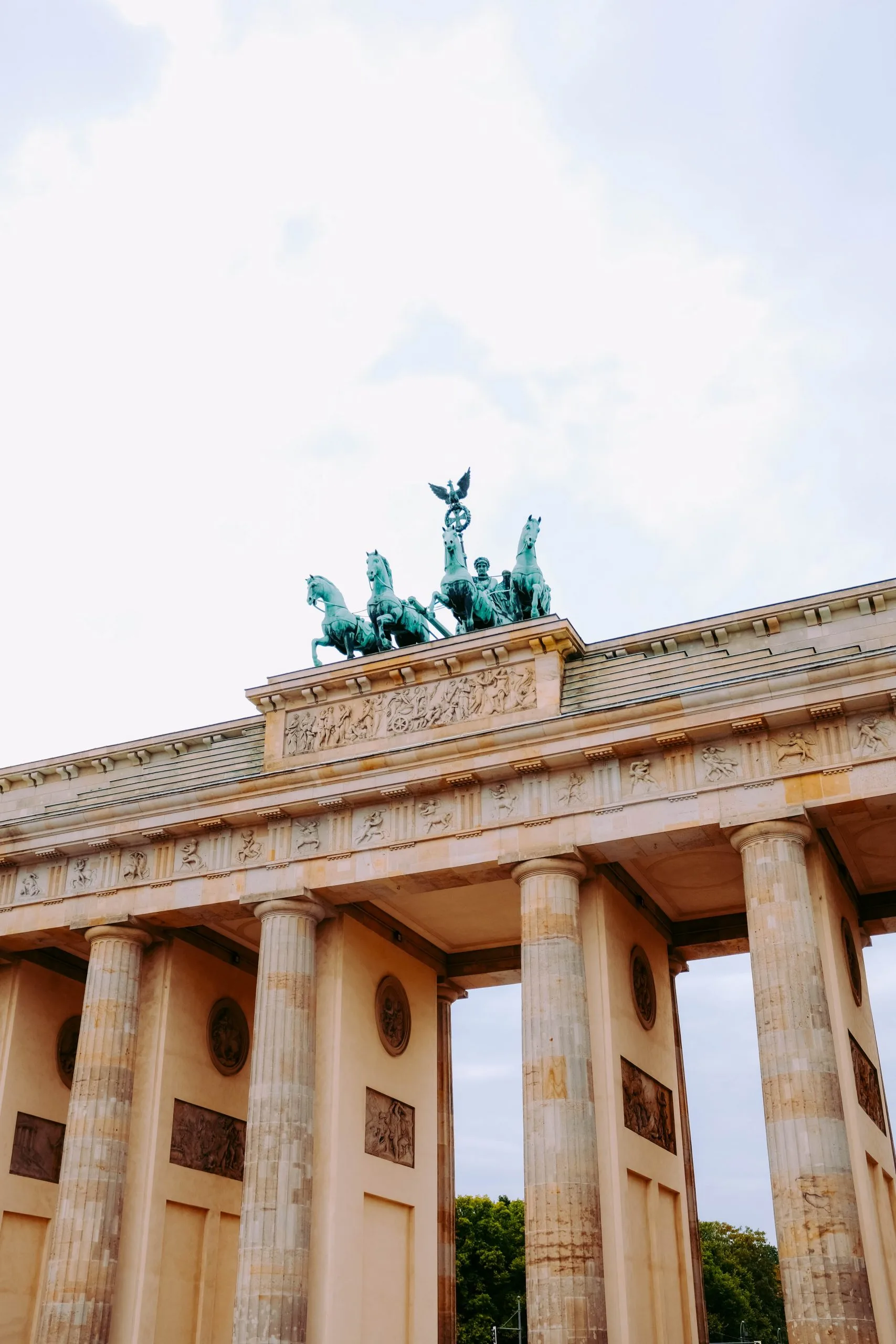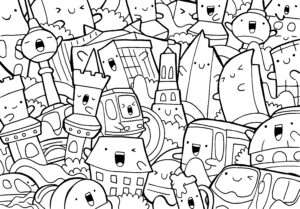Berlin, die lebendige Hauptstadt Deutschlands, steht wie kaum eine andere Stadt für Widerstandskraft, Innovation und Wandel. Oft wird sie vor allem mit Krieg und Mauer verbunden – aber Berlins Geschichte ist viel facettenreicher. Hier sind 5 historische Fakten, die ein differenzierteres Bild dieser besonderen Stadt zeichnen.
Kaiserlicher Glanz: Preußische Größe
Die Wurzeln Berlins reichen bis ins 13. Jahrhundert zurück, als die Stadt als Handelsort an der Spree entstand. Richtig aufblühen konnte Berlin jedoch unter der preußischen Herrschaft im 18. und 19. Jahrhundert. Friedrich der Große, einer der bekanntesten preußischen Könige, prägte Berlin stark und machte die Stadt zu einem kulturellen und geistigen Zentrum. Das Brandenburger Tor und das Schloss Charlottenburg sind noch heute sichtbare Symbole dieser Epoche und erinnern an die einstige Pracht des preußischen Berlin.
Die „Goldenen Zwanziger“: Aufbruch und Rausch
Nach den Wirren des Ersten Weltkriegs erlebte Berlin in den 1920er-Jahren eine kulturelle Blütezeit – die berühmten „Goldenen Zwanziger“. In dieser Zeit entstanden avantgardistische Kunst, neue Musikstile und experimentelle Literatur. Berlin wurde zum Magneten für Intellektuelle, Künstler*innen und freie Geister. Das verruchte Nachtleben und die legendären Cabarets dieser Jahre sind bis heute Teil des Mythos Berlin. Auch die Bauhaus-Bewegung, die moderne Architektur und Gestaltung revolutionierte, hinterließ in dieser Zeit wichtige Spuren in und um Berlin.
Geteilte Stadt: Berlin im Kalten Krieg
Nach dem Zweiten Weltkrieg rückte Berlin in den Mittelpunkt des Kalten Krieges. Die Teilung Deutschlands in Ost und West führte 1961 zum Bau der Berliner Mauer, errichtet von der DDR, um die Fluchtbewegung in den Westen zu stoppen. Fast drei Jahrzehnte lang war Berlin eine geteilte Stadt – ein Symbol für die weltweite Konfrontation zwischen Kommunismus und westlicher Demokratie. Der Fall der Berliner Mauer im November 1989 markierte einen historischen Wendepunkt: Er leitete die deutsche Wiedervereinigung ein und stand weltweit für das Ende des Eisernen Vorhangs.
Kultureller Schmelztiegel: Die moderne Renaissance
Seit der Wiedervereinigung hat Berlin eine beeindruckende Verwandlung durchlaufen und sich zu einem kulturellen Schmelztiegel entwickelt. Heute ist die Stadt geprägt von vielfältigen Kiezen, internationalem Flair, Street Art und einer lebendigen Museumslandschaft. Ob in Kreuzberg, Neukölln, Friedrichshain oder Prenzlauer Berg – überall findest du kreative Szenen, alternative Kultur, kleine Galerien, Bars und Cafés. Die East Side Gallery, ein noch erhaltener Abschnitt der ehemaligen Mauer, der von Künstler*innen aus aller Welt bemalt wurde, erinnert eindrucksvoll daran, wie aus einem Symbol der Trennung ein Ort der Kunst und des Zusammenwachsens werden konnte.
Tech-Hub: Innovation und Fortschritt
In den letzten Jahren hat sich Berlin außerdem zu einem wichtigen Zentrum für Technologie und Start-ups entwickelt. Nicht umsonst wird häufig vom „Silicon Allee“ gesprochen. Die Stadt zieht Gründerinnen, Entwicklerinnen und Kreative aus der ganzen Welt an. Ein offenes Mindset, vergleichsweise niedrige Lebenshaltungskosten (zumindest lange Zeit) und eine internationale Community haben ein Umfeld geschaffen, in dem neue Ideen schnell auf fruchtbaren Boden fallen. Von Fintech über Biotech bis zu Kreativwirtschaft – Berlins Start-up-Szene steht für Experimentierfreude, Kooperation und Aufbruchsstimmung.
Berlins Geschichte ist ein dichtes Geflecht aus Glanz und Krise, Teilung und Wiedervereinigung, Kulturrevolutionen und technologischen Neuanfängen. Wer über Berlin spricht, spricht nicht nur über Krieg, Mauer oder Hauptstadtpolitik, sondern auch über Resilienz, Neu-Erfindung und die Fähigkeit, sich immer wieder zu wandeln. Genau das macht Berlin zu einer Stadt, die nicht nur historisch spannend ist, sondern sich auch heute immer wieder neu entdecken lässt.




